Buddha icons in unexpected places: Traces of Buddhist contact across Afro-Eurasia
The story of Buddhism’s transmission across Asia is often told through grand narratives of religious missions, monastic networks, and imperial patronage. Yet, scattered across the vast canvas of Afro-Eurasia are isolated finds — small icons, statues, and inscriptions — that testify to a less expected, but no less significant, aspect of Buddhist expansion. These rare artifacts, often found far from the traditional heartlands of Buddhism, offer a compelling glimpse into the material and spiritual currents that linked distant cultures in the ancient world.

The Helgö Buddha at the Statens historiska museum. This small bronze figure of the Buddha was discovered in 1954 on the island of Helgö, Sweden. It is dated to the 6th century CE and is thought to have originated from Kashmir or the Swat Valley. Its origin and presence in Viking-age Scandinavia raise questions about the movement of Buddhist material culture across vast distances. Source: Wikimedia Commonsꜛ (license: CC BY-SA 2.5)
From the Red Sea port of Berenike in Roman Egypt to the northern island of Helgö in Viking-era Sweden, Buddhist objects have appeared in places where no direct Buddhist communities are known to have existed. Their presence raises intriguing questions: How did these items travel such vast distances? Who transported them, and why? Were they traded as luxury goods, offered as diplomatic gifts, or revered by individual believers on distant shores?
In this post, we explore the most striking examples of Buddhist icons discovered outside the traditional Buddhist world, examining the routes, actors, and meanings behind their journeys.
The Berenike Buddha: An Indian statue in Roman Egypt

Buddha statue found in Berenike, Egypt. Dated to the 2nd century CE. Source: Wikimedia Commonsꜛ (license: fair use)
Archaeological context
The Berenike Buddha was discovered in 2018 at the site of Berenike, a Roman port city on the Red Sea coast of Egypt. Excavations led by Polish and American archaeologists revealed the statue in a temple precinct, suggesting a setting of religious or ritual significance. The find was part of a broader assemblage of Indian goods at the site, including pottery sherds, beads, and inscriptions in Tamil-Brahmi script. Together, these items attest to a sustained presence or frequent visitation of South Asian traders and travelers in Roman Egypt during the 2nd century CE.
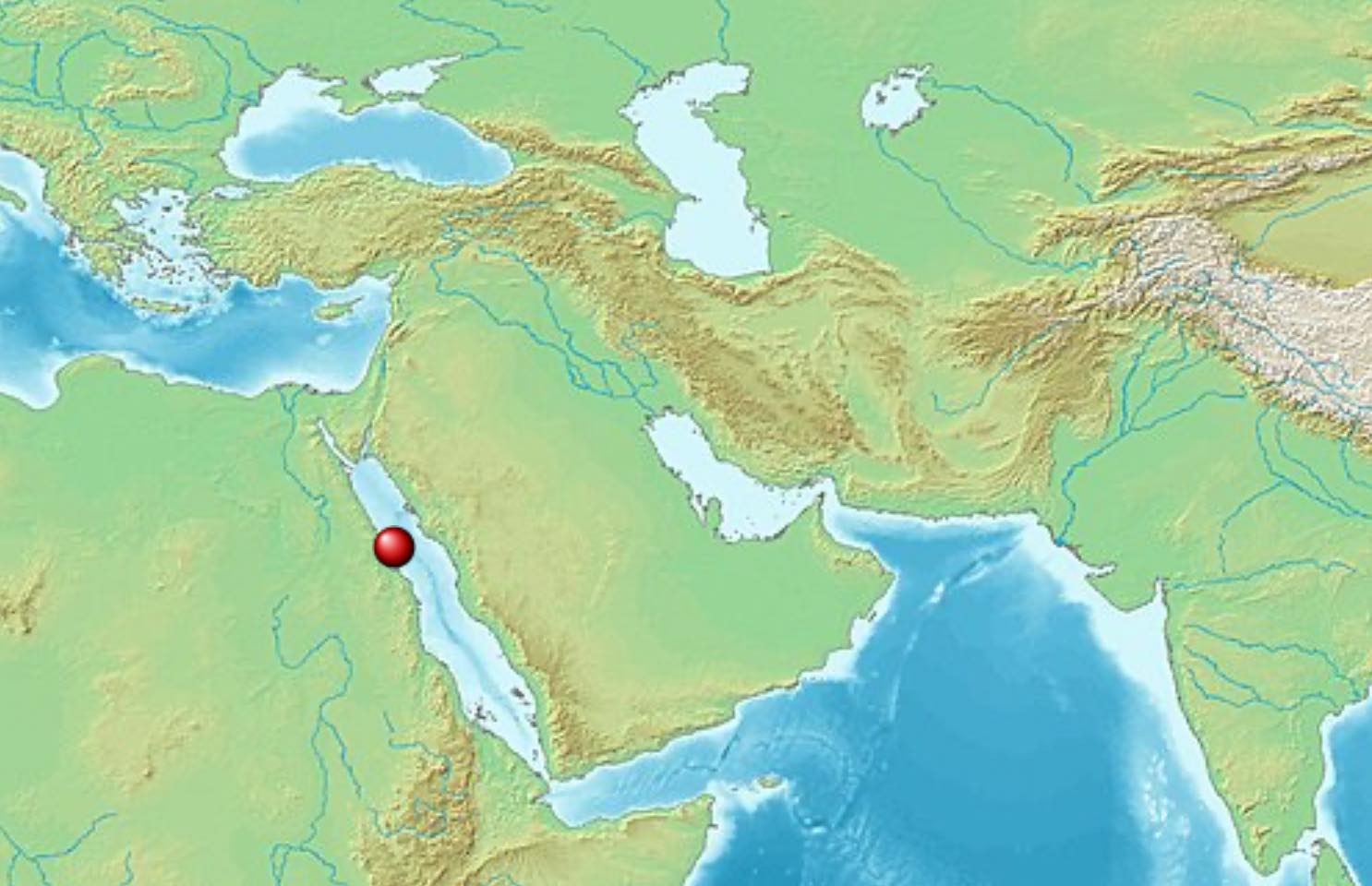
Location of Berenike, where the Buddha was excavated. The port city was a key hub for maritime trade between the Mediterranean and the Indian subcontinent. The statue’s discovery in a temple precinct suggests its significance in the local religious landscape. Source: Wikimedia Commonsꜛ (license: public domain)
Artistic and stylistic features
The statue is a finely carved image of the Buddha in a standing posture, made of anorthosite gneiss, a stone sourced locally in Egypt. Despite the local material, the statue is unmistakably Indian in style: the Buddha wears a thin robe that drapes in naturalistic folds, and he stands with one hand raised in a gesture of reassurance (abhaya mudrā). The style bears strong resemblance to sculptural traditions of Mathura, and possibly also to the Gandhāran school, known for integrating Greco-Roman naturalism with Buddhist themes. The iconography and craftsmanship suggest that the statue was likely created by Indian artisans or for an Indian community abroad.
Historical significance
The Berenike Buddha stands as the earliest known physical representation of the Buddha found so far west of India and Afghanistan. Its presence in a Roman imperial port illustrates the depth of Indo-Roman maritime trade, which connected the Mediterranean with India via monsoon-driven sea routes. Indian traders, sailors, or possibly even monks may have brought the statue to Berenike as a personal devotional object or as part of a temple donation. Alternatively, it could have been commissioned by a local or foreign patron familiar with Indian religious traditions.

Roman maritime trade in India and Scythia according to the Periplus Maris Erythraei, 1st century CE. Source: Wikimedia Commonsꜛ (license: CC BY-SA 4.0)
This artifact demonstrates how Roman Egypt functioned as a multicultural hub where African, Mediterranean, South Arabian, and Indian cultures met. The presence of a Buddhist statue here expands our understanding of religious pluralism and cultural exchange in the Roman world, suggesting not only the movement of goods but the circulation of ideas, symbols, and spiritual practices across vast distances.
The Helgö Buddha: A Kashmiri statue in Viking-age Sweden

The Helgö Buddha at the Statens historiska museum. Source: Wikimedia Commonsꜛ (license: CC BY-SA 2.5)
Discovery and context
The Helgö Buddha was discovered in 1954 during excavations on the island of Helgö, situated in Lake Mälaren near present-day Stockholm, Sweden. Helgö was an important proto-urban trading and manufacturing center during the early medieval period, active from the 6th to 11th centuries CE. Among the many exotic items unearthed at the site was a small bronze figurine of the Buddha — an extraordinary find in the context of early Scandinavian archaeology. The artifact is dated to the 6th century CE, a time when Helgö was emerging as a significant node in Northern Europe’s trade networks.

Geographical location of Helgö, Sweden. The island is situated in Lake Mälaren, near present-day Stockholm. The Helgö Buddha was discovered during excavations on the island in 1954. Source: Wikimedia Commonsꜛ (license: public domain)
Artistic and geographic origin
The Buddha statue is a small, finely cast bronze figure measuring just under 6 cm in height. It depicts the Buddha seated in meditation (dhyāna mudrā) on a stylized lotus pedestal, a form widely associated with Indian religious iconography. Stylistically, the figure most closely resembles devotional bronzes produced in Kashmir or the Swat Valley during the Gupta and post-Gupta periods. The detailed features, including the elongated earlobes, serene facial expression, and draped robe, are characteristic of early medieval Indian Buddhist art.
Historical significance
The presence of a Kashmiri Buddha in Viking-age Sweden is a striking example of the vast reach of ancient and early medieval trade networks. While the statue likely did not travel directly from India to Scandinavia, it may have passed through a series of intermediaries — from the Indian subcontinent to Central Asia, through Persian or Byzantine hands, and finally northward via Eastern European trade routes. These paths were navigated by a diverse cast of traders, including the Sogdians, who were instrumental in disseminating goods and religious artifacts across Eurasia.
It is unlikely that the Helgö Buddha served a devotional function in Scandinavia. More plausibly, it was valued as a rare and exotic object, perhaps a curiosity, a status symbol, or a diplomatic gift. Its presence attests to the cosmopolitan character of Helgö, where artisans and traders from many cultural spheres interacted. For early medieval Scandinavians, the object may have carried symbolic weight despite its foreign origin and unknown religious meaning.
Ultimately, the Helgö Buddha reflects the layered nature of cultural contact in the ancient world. It demonstrates how Buddhist material culture could circulate far beyond its places of origin, acquiring new meanings in distant lands. At the same time, it invites us to reconsider the complexity of early medieval societies, which were not as isolated or insular as once believed.
Other scattered finds and textual traces
In addition to the striking discoveries in Egypt and Sweden, other scattered Buddhist objects and motifs have surfaced across Central Asia, the Arabian Peninsula, and the broader Mediterranean region, attesting to the wider diffusion of Buddhist material and symbolic culture.
In Central Asia, numerous Buddhist images, manuscripts, and reliquaries have been uncovered at sites like Miran, Khotan, and Dunhuang, testifying to a vibrant network of Buddhist practice along the Silk Roads. While these sites are closer to the traditional heartland of Buddhism, they also hosted travelers from the West, suggesting the possibility of transmission routes that extended even further afield.
In the Arabian Peninsula, while no full-scale Buddhist communities are known, small finds such as beads and sculptures of South Asian origin have been excavated at trading hubs like Qana (Yemen) and Gerrha (eastern Arabia), which were closely linked to Indian Ocean commerce. Some scholars speculate that Indian monks or religious envoys may have passed through these ports en route to Egypt or the Levant.
In the Mediterranean, Buddhist motifs occasionally appear in unexpected contexts. A coin of the Roman Emperor Augustus found in India bears on its reverse a symbol that may resemble a stūpa, while artistic fragments from late Hellenistic Egypt sometimes show hybrid imagery suggestive of eastern influence. Additionally, Greco-Roman authors such as Strabo, Pliny, and Clement of Alexandria occasionally refer to Indian sages, gymnosophists, or religious customs, indicating a cultural curiosity that may have accompanied or followed material exchange.
Textual sources also attest to formal interactions: for example, the 3rd-century CE account of Bardaisan mentions Indian philosophers visiting Roman Syria, while the Chinese monk Faxian reports Indian merchants present in Alexandria during his travels. Together, these texts and artifacts support the idea that Buddhist figures or ideas may have traveled westward not as part of missionary expansion, but as participants in the broader networks of trade, diplomacy, and philosophical exchange.
Interpretative challenges and open questions
While the discovery of Buddhist icons far from their places of origin is fascinating, interpreting their significance poses several complex challenges. First among these is the question of intent: Were these artifacts transported as sacred devotional objects, traded as luxury goods, or offered as diplomatic gifts between distant powers? The lack of inscriptions or contextual documentation makes it difficult to determine whether these items were revered, admired as curiosities, or simply exchanged for their aesthetic or exotic value.
Equally ambiguous is how these objects were received by local populations unfamiliar with Buddhist doctrines or iconography. In the case of the Helgö Buddha, for example, it is unclear whether the figure was understood in spiritual terms or treated merely as a fine work of art. Similarly, the placement of the Berenike Buddha in a temple precinct may indicate reverence, but it could also reflect syncretic religious practices or symbolic appropriation without doctrinal understanding. These finds challenge modern assumptions about religious boundaries and cultural intelligibility in the ancient world.
Another key issue is the fragmentary nature of the archaeological record. Isolated discoveries often survive by chance and may represent only a fraction of a broader, now-lost phenomenon. The lack of textual references or associated ritual contexts often limits our ability to reconstruct the full cultural significance of these artifacts. Nevertheless, as trade, migration, and diplomatic relations expand the scope of archaeological exploration, future finds may offer clearer evidence of Buddhist presence, influence, or reception in distant lands.
Ultimately, these scattered icons raise important questions about the ways material culture moves, is interpreted, and is recontextualized. They invite us to remain open to multiple possibilities — and to consider that the meanings of such objects were often fluid, layered, and subject to change across time and space.
Conclusion
The scattered discoveries of Buddhist icons across Afro-Eurasia offer compelling testimony to the far-reaching currents of trade, diplomacy, and cultural curiosity that characterized the ancient and early medieval worlds. From the Berenike Buddha standing in a Roman port temple to the meditative figurine resting in a Viking-age Scandinavian workshop, these artifacts challenge our assumptions about the geographical limits of Buddhist influence.
Their very presence in such distant and diverse contexts reveals not only the mobility of objects but also the permeability of ideas and symbols. The movement of these icons did not necessarily imply the formal spread of Buddhist institutions, but rather the circulation of imagery, craft, and philosophical potential across porous cultural frontiers. Whether as sacred objects, luxury commodities, or diplomatic gifts, they left imprints on the societies that received them, however subtly.
These finds urge us to rethink rigid frameworks of cultural geography and religious transmission. They illustrate that even in eras we often perceive as localized or bounded, ancient societies were connected in complex and sometimes unexpected ways. Material culture, in its quiet resilience, speaks to a world in motion — a world where a Buddha could sit, silently and serenely, thousands of kilometers from the Ganges Valley.
References and further reading
- Parker, Christophe, Archaeologists Unearth Buddha Statue in Ancient Egyptian Port City, 2023, Smithsonian Magazine, linkꜛ
- Wikipedia article on the Berenike Buddhaꜛ
- Stoneman, Richard, The Greek Experience of India: From Alexander to the Indo-Greeks, 2019, Princeton University Press, ISBN: 978-0691154039
- Thomas C. McEvilley, The Shape of Ancient Thought: Comparative Studies in Greek and Indian Philosophies, 2001, Allworth, ISBN: 978-1581152036
- Behrendt, Kurt A., The Art of Gandhara in the Metropolitan Museum of Art, 2007, The Metropolitan Museum of Art, ISBN: 978-0300120271 (read onlineꜛ)
- Kurt A. Behrendt, How To Read Buddhist Art, 2019, Metropolitan Museum of Art, ISBN: 978-1588396730
- Wilhelm Holmqvist et al., Excavations at Helgö I: Report for 1954-1956, 1961, Uppsala: Almqvist & Wiksell
- Helen Clarke and Kristina Lamm, Helgö Revisited: A New Look at the Excavated Evidence for Helgö, 2017, Central Sweden, Schleswig: Stiftung Schleswig-Holsteinische Landesmuseen Schloss Gottorf
- Bo Gyllensvärd et al., Excavations at Helgö XVI: Exotic and Sacral Finds from Helgö, 2004, Stockholm: Almqvist & Wiksell International

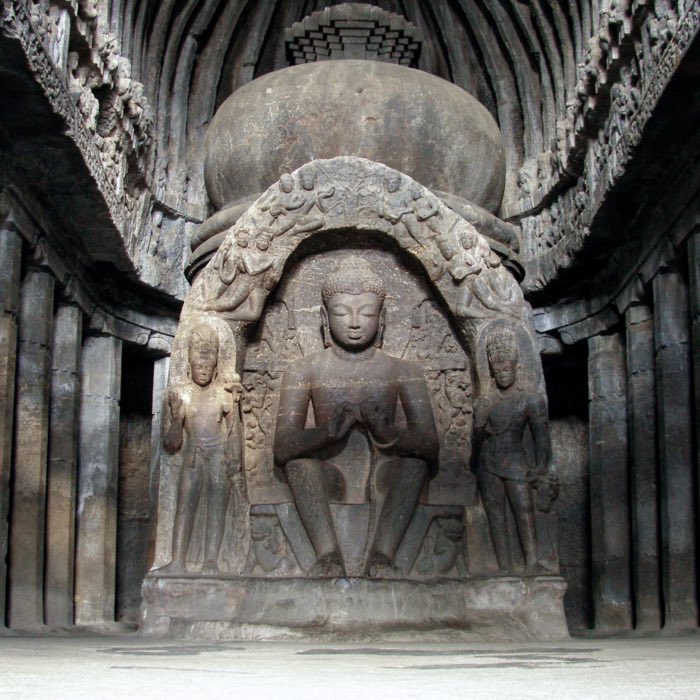



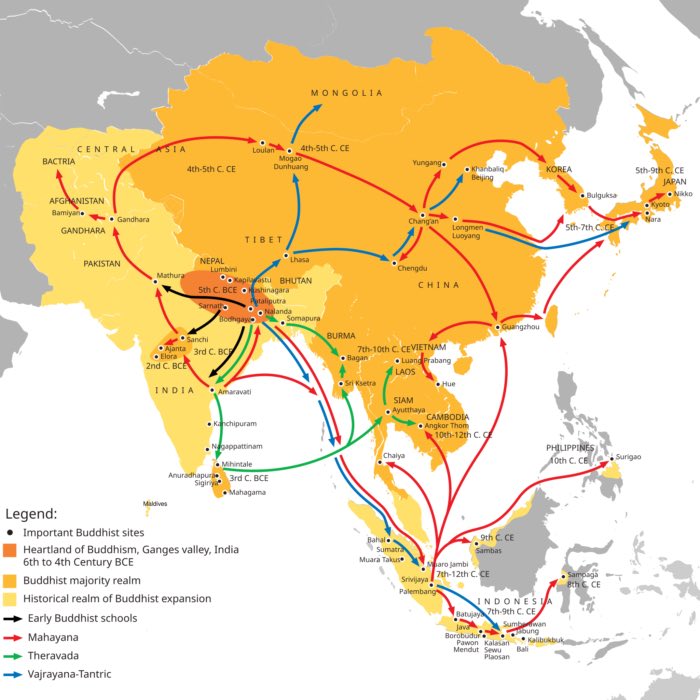
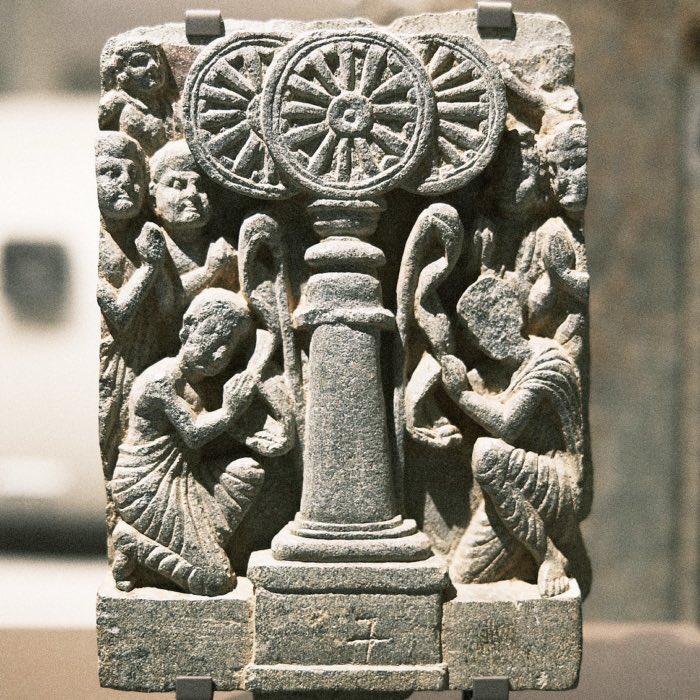


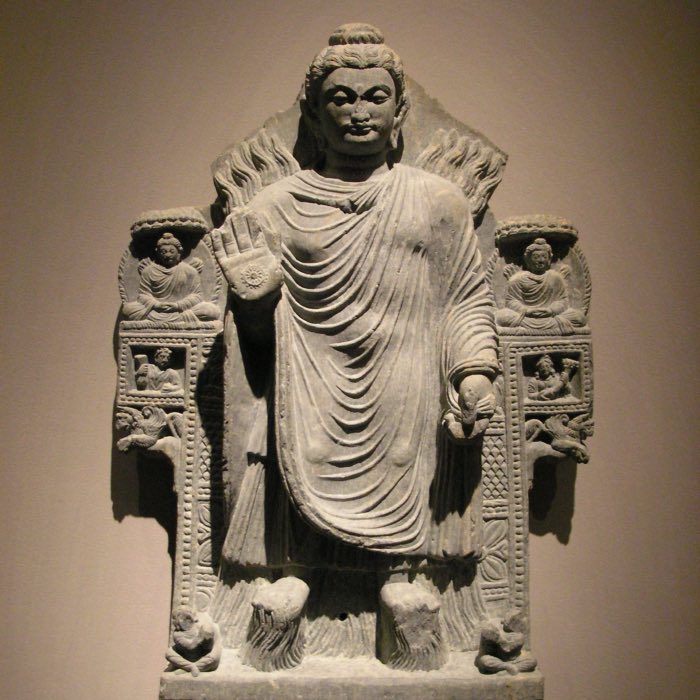
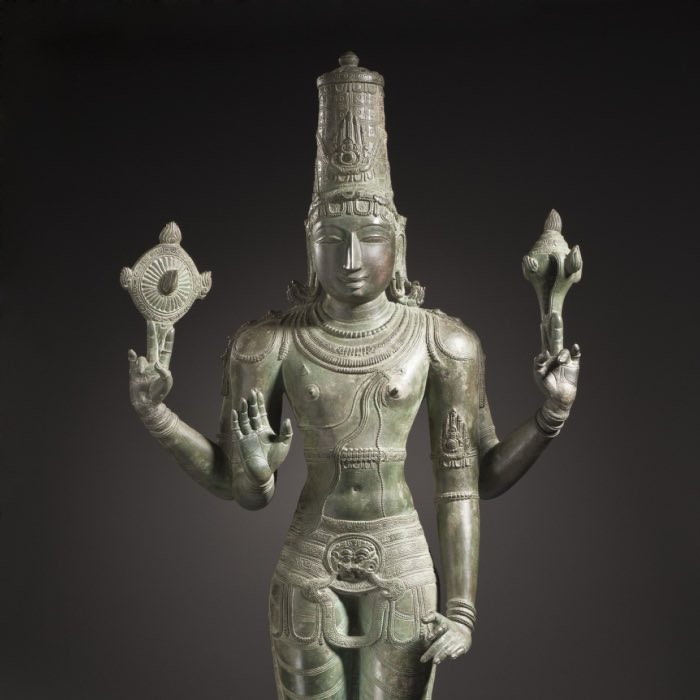

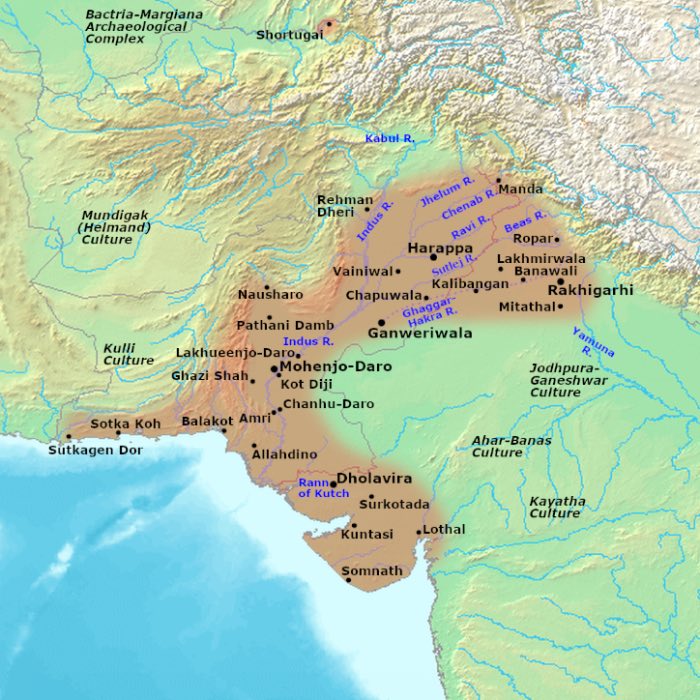
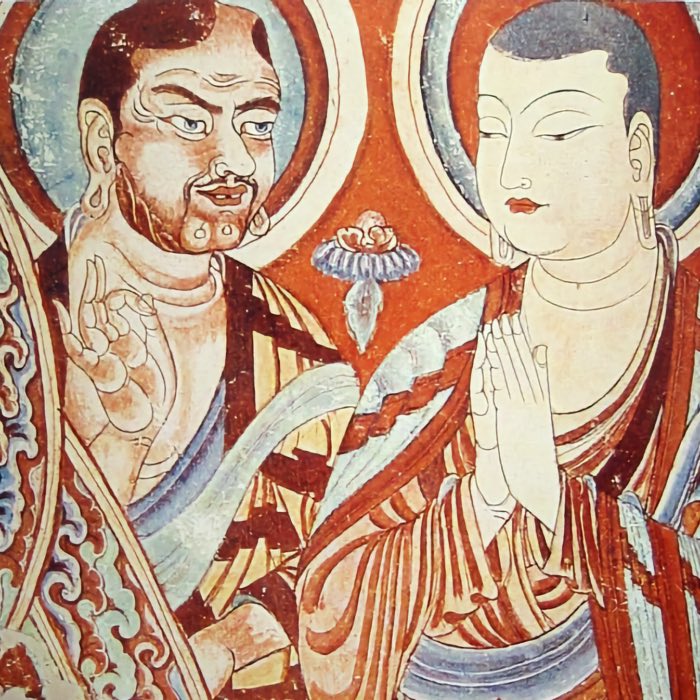
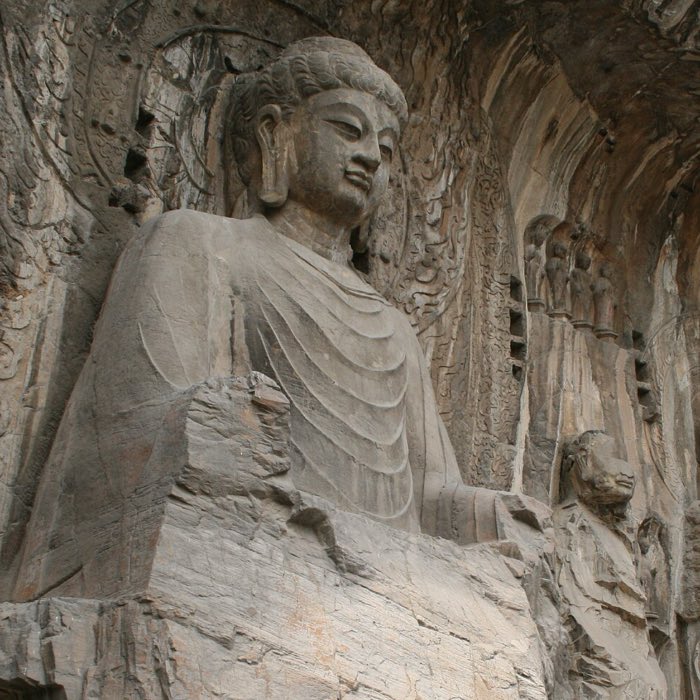
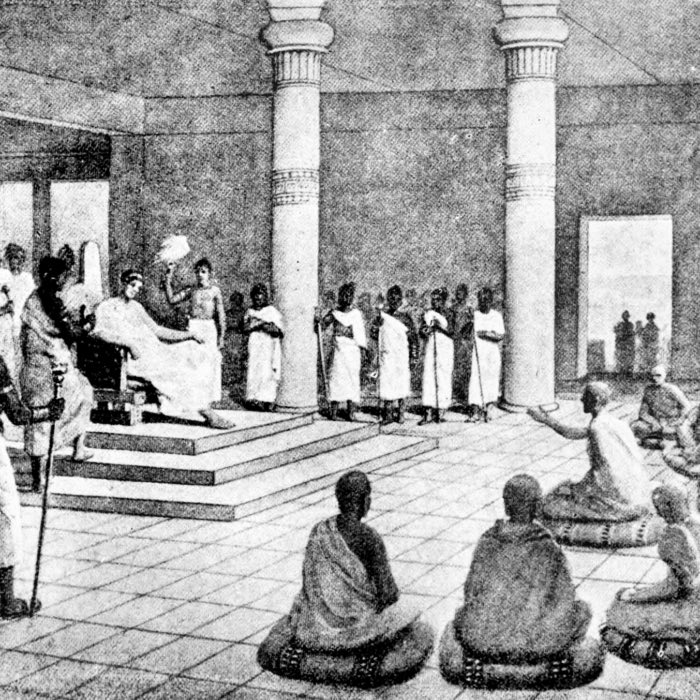
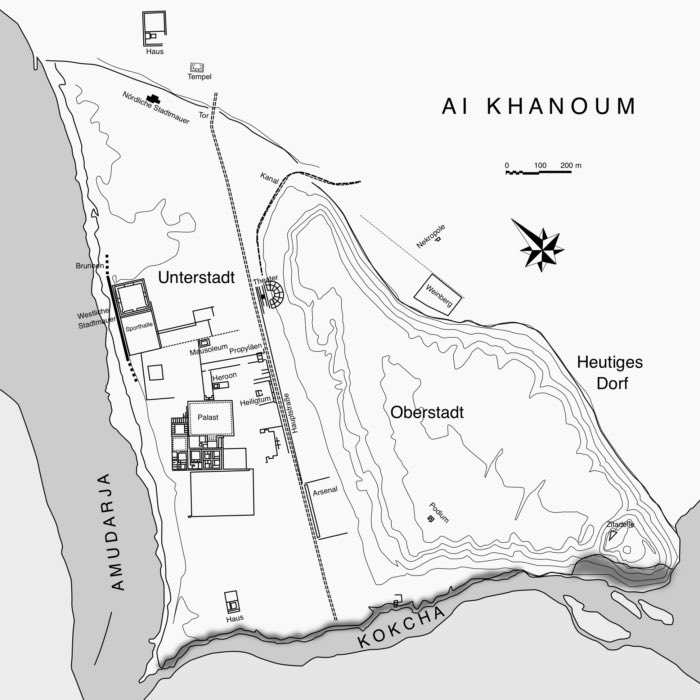
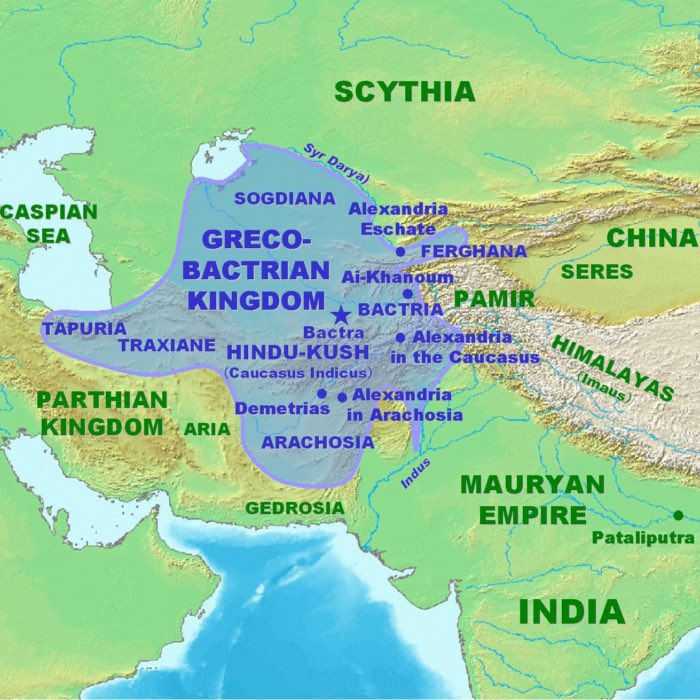


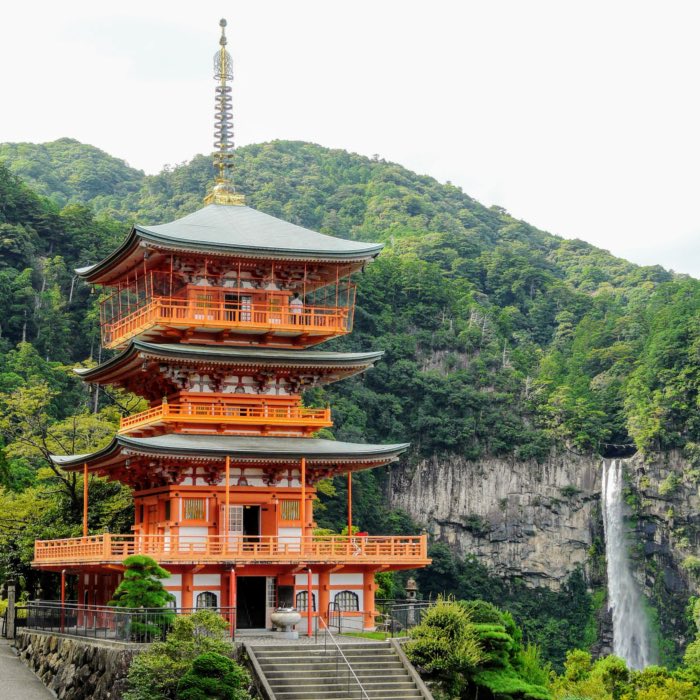

comments